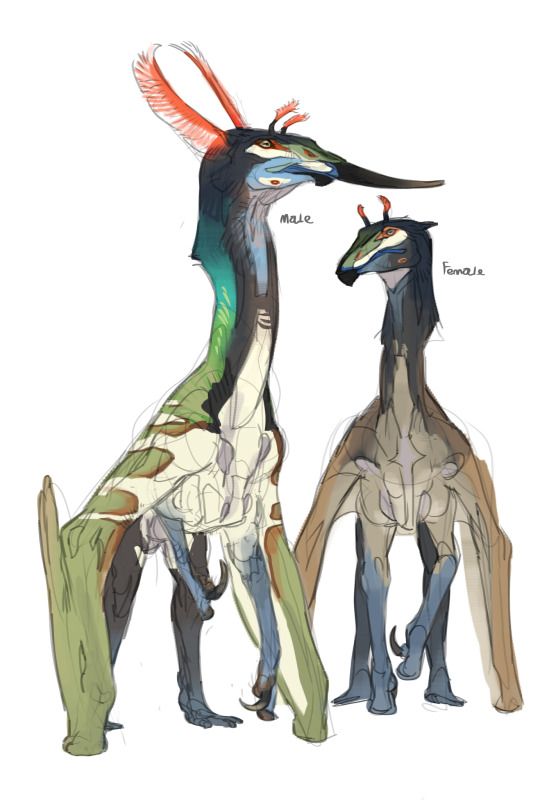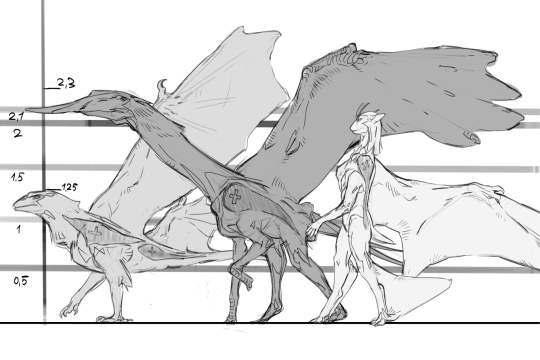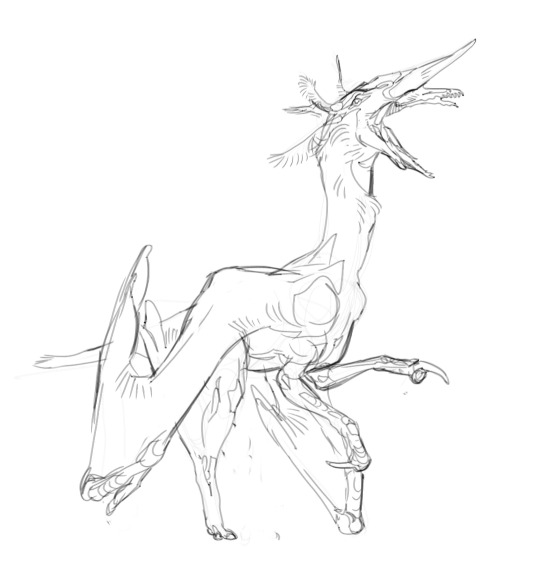Text
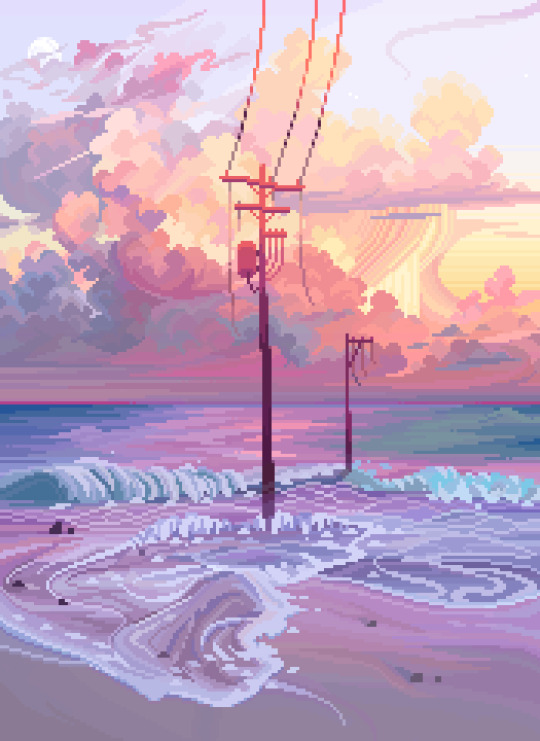
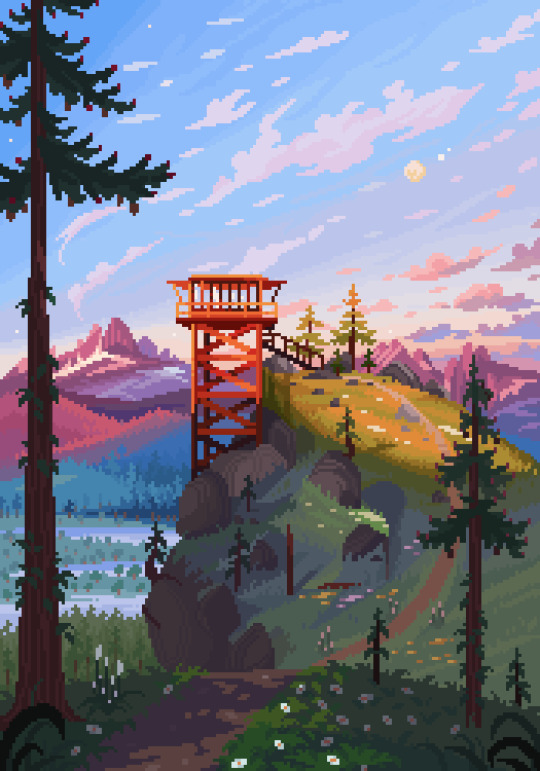
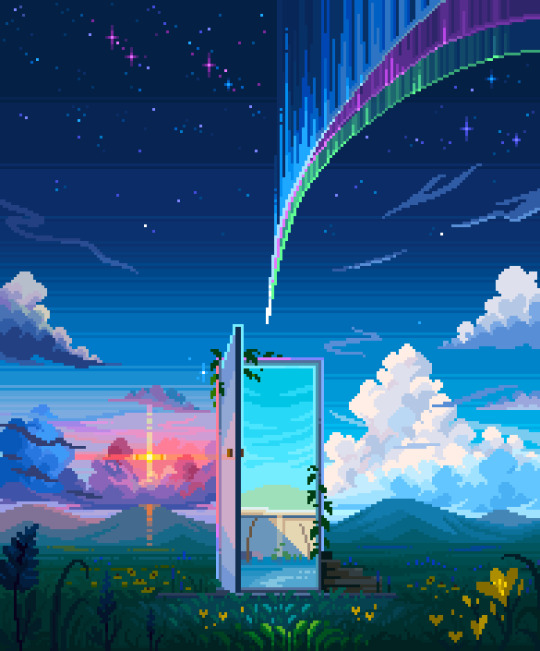
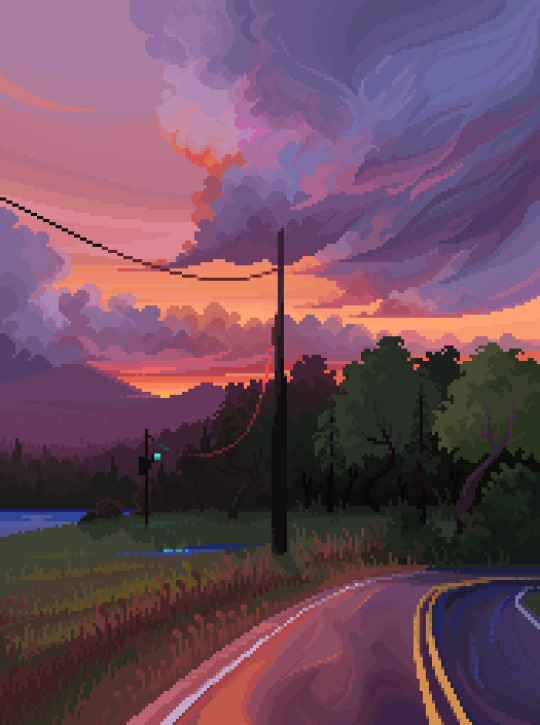
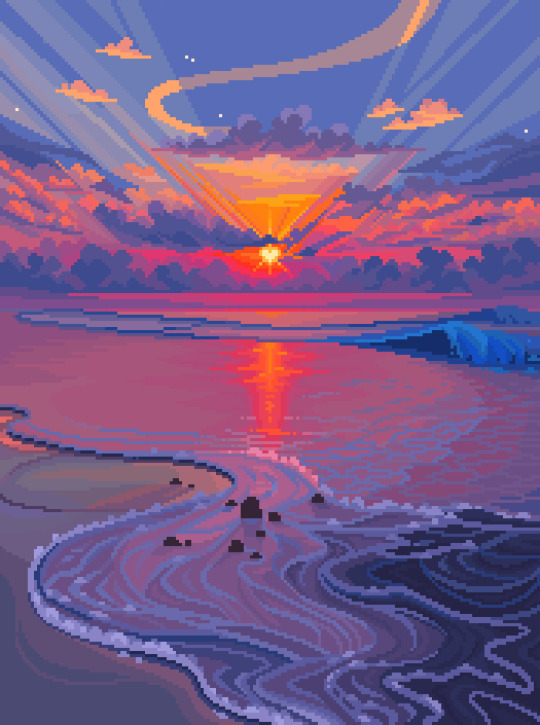
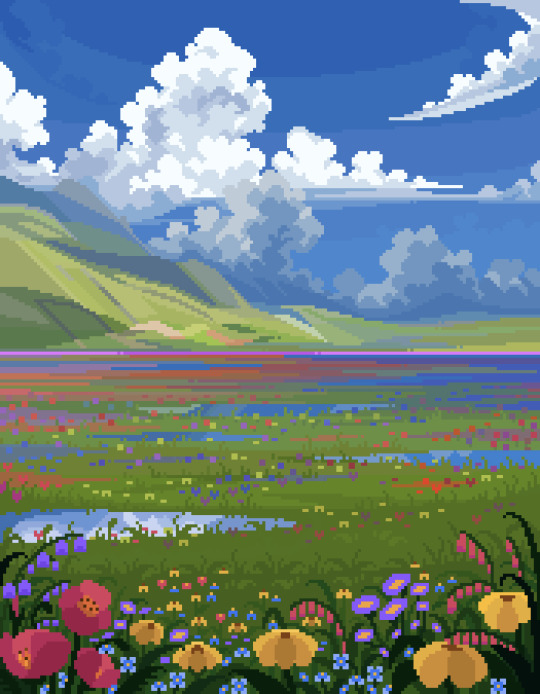
support human artists and stand against generative AI 🖤
buy a wallpaper or leave a tip | bluesky | my merch shop
23K notes
·
View notes
Text
























What the flock?! such smart names!
Science should let more cartoonists name things. That how we got the thagomizer and the Rube Goldberg machines. Anyways! SHERLOCK CROWMES!!!!!
Check out my stuff!
✧Read Namesake✧ ✧Read Crow Time✧ ✧Store✧ ✧Patreon✧
25K notes
·
View notes
Text
The sky is crazy sometimes.
all i wanna do is eat nectarines and think about aurora borealis st. elmo’s fire gigantic jets ball lightning green flash earthquake lights and will-o-the-wisps
90K notes
·
View notes
Text

everyone on replies is terrified of this fact but i just think it's so sweet and heartwarming. she's holding our hand and leading us somewhere secret and we're both giggling like kids. i love her
100K notes
·
View notes
Text
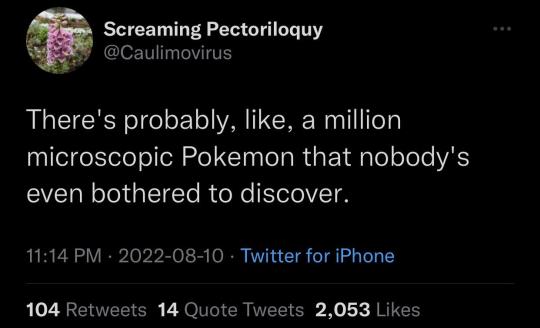
124K notes
·
View notes
Text
Ya'll forgetting the plasma globe.
remember when u were like 11 and the only thing u wanted was a lava lamp
1M notes
·
View notes
Text
GANYMEDE

The largest and most important of the Gallilean moons. Continents of ice floating above an unfathomably deep sea, a thin and cold atmosphere barely clinging to its surface. Sprawling tundra of squamous lichens and icy shores piled high with red kelp. So distant from the sun, the dim light of the sky and the soft glare of Jupiter can provide only enough light and heat to sustain a paltry assemblage of primitive flora across most of the world, which in turn supports a meager assortment of radial-beaked rabbits and hexaped moose. At the poles, however, the situation changes. Unlike every other moon in the entire solar system, Ganymede has a magnetosphere, and this electric dynamo produces, when combined with the intense radiation of the jovian belt, a 24/7 aurora borealis, green and blue light dancing across the sky. There, the ecosystem is more advanced, transitioning from tundra and muskeg to scrubland, rolling hills, and, in a hundred-mile basin resting near the north pole, Ganymede’s only forest, an unknown land shrouded beneath the canopies of its towering pines.

The aboriginal people of Ganymede are the Lah-cyg, who look something like two swans sewn together back-to-back, using their twin necks to sling spears, row oars, and perform all the rest of the manipulations humans use hands for. They stand about as tall as men, but, adapted to Ganymede’s low gravity and evolved treading over thin ice and boggy ground, are considerably lighter and weaker. They’re a culturally diverse species, having spread across Ganymede millennia ago and formed into many now distinct peoples, from the canoe whalers of the southern sea to the bobsled-hunters of the deep tundra to the leshy-emperors of the great forest. Though their anatomy is alien, psychologically and behaviorally they are very near-human, even if they communicate as much with their eight flag-wings as their voices and their natural lifespan is near five hundred years.

Ganymede was already under an extraterrestrial yoke when the tsan-chan first arrived. The Garzbhel amphibians, polypous frog things either convergent on or distantly related to the moon beasts of luna, had, from their europan homeward, descended on Ganymede along with the rest of the jovian system, flying across the void of space on the backs of their slave-steeds, the xeno-pegasi known as the Oxarith. From their forts and feitorias of gelatinous stone, they meddled with the affairs of the Lah-cyg, demanding slaves, their compradors and tributaries among the ganymedians given access to their trumpet-spiraled guns to aid in the slave-raids. Ganymede was ravaged by slave-wars, the losers stuffed in cages and hauled across the void to toil and die beneath Europa, the winners given more guns and ammo to capture ore slaves. It was in this context that the Tsan-Chan arrived. The Garzbhel would not bend the knee, and so the Tsan-Chan beat them back to Europa. It was a brief war, Garzbhel void-chariots against Tsan-Chan torchships like roman triremes against 21st-century aircraft carriers - the Garzbhel retreated to the wine-dark seas beneath Europa, collapsed the ice-shafts behind them, and have not emerged in force since. The only ones seen now are the few guerrilla holdouts left hiding out in the uncharted wilds, and the scant few who submitted to Tsan-Chan conquest. The mere passing of the Garzbhel would have been enough to throw their accomplices, the warrior-kindoms which grew wealthy off the slave trade, into turmoil - the Tsan-chan did not even give them that chance. Those old kingdoms are now subjects of the cruel empire, and the entire moon is claimed as a possession by the tsan-chan - though, the control is more tenuous in reality than on paper. Ganymede is the largest moon in the solar system, and much of its vastness remains untouched by human hands (though not by lah-cyg beaks).

The Tsan-Chan, unlike the Garzbhel, do not come to Ganymede seeking slaves. Nor do they come seeking furs, or moss, or ice. From Ganymede they want only one thing - fish. The Tsan-Chan have raised on Ganymede a series of sea-ports, little bays with raised walls and guns on towers, but really the seat of their occupation is their only Gaynmedian city - Nuevo Francisco. The entire city is built and devoted to processing as much fish as possible, gutting, canning, and launching into orbit to provide the rest of the empire with cheap protein from the Gallilean sea. It reeks, of course, of salt and blood and brine - noisy, too, the grinding of the factory-machines, the rumbling of the ship-engines, the constant motion of the task.

The ice-trawlers that feed Nuevo Francisco dredge far and wide and deep, smashing through the delicate ecosystems perched on the iceberg-shelf. These are not the chief target, though - the native species too clever and wild and balanced in appetite and growth for the Tsan-Chan use. What they seek is fish in the true sense, not just the Ganymedian analogues. Hatchery towers spill into Nuevo Francisco’s bay, their insides churning with millions and billions of fry, bred in tanks, genelines broken and spliced and chained to maximize speed of growth, monstrous things as artificial as the ships which catch them.

Of course this monstrous industry has had wide-ranging impacts at every step of the process. The Lah-cyg of Ganymede’s coasts are impacted, of course, whether pushed off the seas directly to make room for Tsan-Chan ships, or indirectly by the competition, mauled by the malformed jaws of the hyperagressive terran frankenfish or poisoned by their unnatural flesh. So to is the natural life - anything in the path of the dredge-nets, is annihilated utterly, but the impact extends beyond the reach of ice-trawlers and their piscine quarry. Many of the species who rest on Ganymede’s icy shares dive for their food, and so the ravaging of the coastline has threatened them, and with them all the parasites and predators who attack them on land - the loss of this quarry driving starving carnivores inland, with it’s own knock-on effects. Even the fauna of the void above have suffered, the vacuum-pelicans which once dove for fish coming up more and more with empty beaks, and without the nutrients of their dung the high mountains and dead comets on which they nest struggle to survive. Ganymede’s seas are deep beyond measure, and the neritic zone which man has touched barely a fraction of it’s true extent, yet the easy life of the starlit waters is vital to the life of much of what lives below, but unlike land and sky the depths of Ganymede’s seas are truly unknown… few can even dream of what stirs below.

things I couldn’t figure out how to fit in the post:
Nuevo Francisco, and the tsan-chanese on ganymede more broadly, are by-and-large deep one hybrids - actually part of the reason why they stock the seas with earth-fish, because their abilities to call fish into nets don’t work on alien species.. there’s no full-blooded deep ones though because the true deep ones are on tenuous terms with the tsan-chan anyways and are frankly just not well-suited to the long transit to Jupiter, being enormous and requiring lots of space and water.. confinement in a metal can barely their own size for several months would be nearly unsurvivable
As always, the impacts of colonization has driven many Lah-cyg into the city to try and find work because their traditional lifestyle has been made impossible.. mostly been relegated to domestic work, wiping windows, scrubbing floors, peeling potatoes, etc -
Lah-Cyg essentially stone age because there’s no metals to work, best they can really get is good rocks from the gravel of the rocks embedded in some parts of the ice but they mostly work with bone and leather.. tundra and muskeg and stuff makes for poor agricultural soil, a few peoples in especially fertile regions able to get by with chinampas but by and large everyone’s either a fisher, hunter, or herder.. canoes mostly inuit-style umiak.. “Leshy-Emperors”, the people of the great northern forest, wealthiest, most advanced and last really independent Lah-Cyg state due to monopoly over wood trade granting historical wealth and in modern times cover of the forest shielding from Garzbhel and Tsan-Chan invasion
Mi-Go presence on Ganymede is very, very limited - a few emmisaries have been sent to try and torment rebellion among the Lah-Cyg but the lack of both mineral resources not buried under a million miles of uncharted water and much in the way of men of learning to brain-can means they care little for the moon itself
something something black citadel city of the billion-year past spawn of yuggoth, architecture similar to the prison-temple of ghatnoathao, inside a brother-god of ghatnothoa and rhan-tegoth but a dead one.. medusa-motifs dictate that chryasaor-style thing stalks inside, sea foams with horrid-flapping things that emerge from the sea-foam and fly off into space.. this original birthplace of the Oxarith pegasi, who instinctually fear it knowing that it would destroy them to know their own origins
Ganymede in the dream is a solid shell of ice, no seas no nothing, with enormous chains wrapping across the entire planet.. dreamers wander its surface shivering and freezing. . strange groaning beneath the ice
this is because the entire planet is a prison for horrible elder-gods held at it’s core, confined beneath the deepest ocean in the solar-system under countless layers of ice.. as secure as can be, great cthulu only gets one ocean on top of him instead of like five.. secure in the dream, where they’re awake, less so in the waking world where the ice is cracked
#lovecraft space opera/tsan-chan buck rogers#worldbuilding#always happy to see more people playing with the tsan chan!
15 notes
·
View notes
Text

A Marta (martian) woman in front of her home, circa 1473 NDC (6526 CE)
#my art#strange aeons#science fiction#mars#transhuman#martian#space opera#mars has been terraformed for a while#contemporaries of the tsan chan empire
8 notes
·
View notes
Text
awesome pics of zoe monsterprom that i love

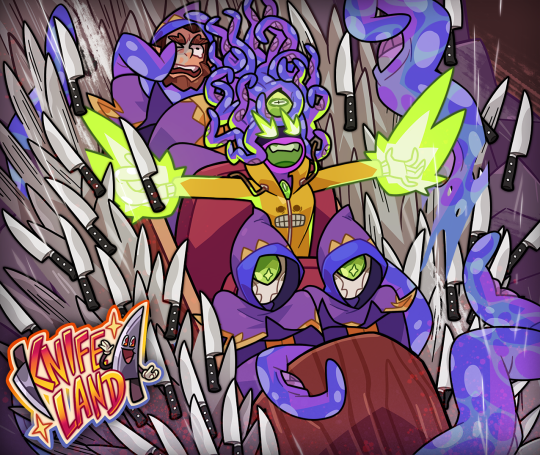
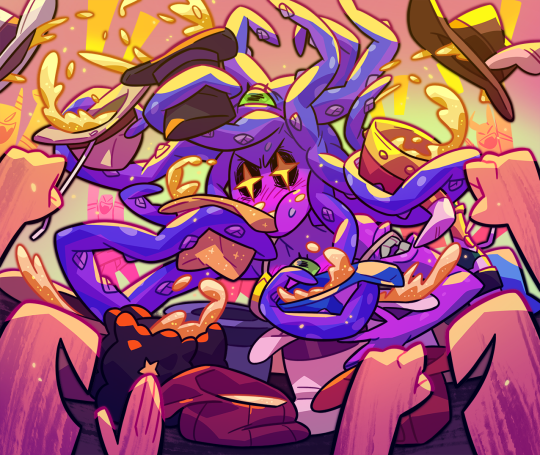


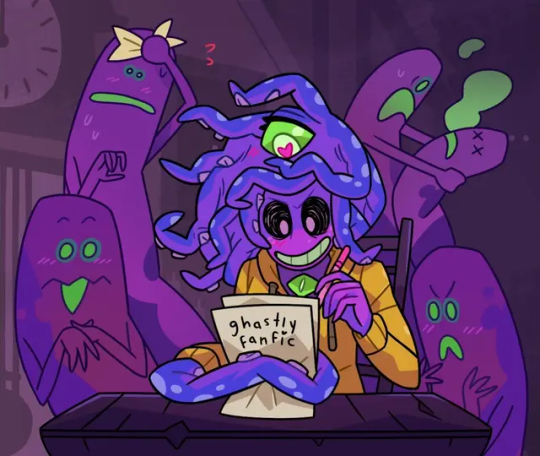








1K notes
·
View notes
Text
I have been assigned shrimp.
take my mermaid quiz boy
25K notes
·
View notes
Text
Despite Sparta’s reputation for superior fighting, Spartan armies were as likely to lose battles as to win them, especially against peer opponents such as other Greek city-states. Sparta defeated Athens in the Peloponnesian War—but only by accepting Persian money to do it, reopening the door to Persian influence in the Aegean, which Greek victories at Plataea and Salamis nearly a century early had closed. Famous Spartan victories at Plataea and Mantinea were matched by consequential defeats at Pylos, Arginusae, and ultimately Leuctra. That last defeat at Leuctra, delivered by Thebes a mere 33 years after Sparta’s triumph over Athens, broke the back of Spartan power permanently, reducing Sparta to the status of a second-class power from which it never recovered. Sparta was one of the largest Greek city-states in the classical period, yet it struggled to achieve meaningful political objectives; the result of Spartan arms abroad was mostly failure. Sparta was particularly poor at logistics; while Athens could maintain armies across the Eastern Mediterranean, Sparta repeatedly struggled to keep an army in the field even within Greece. Indeed, Sparta spent the entirety of the initial phase of the Peloponnesian War, the Archidamian War (431-421 B.C.), failing to solve the basic logistical problem of operating long term in Attica, less than 150 miles overland from Sparta and just a few days on foot from the nearest friendly major port and market, Corinth. The Spartans were at best tactically and strategically uncreative. Tactically, Sparta employed the phalanx, a close-order shield and spear formation. But while elements of the hoplite phalanx are often presented in popular culture as uniquely Spartan, the formation and its equipment were common among the Greeks from at least the early fifth century, if not earlier. And beyond the phalanx, the Spartans were not innovators, slow to experiment with new tactics, combined arms, and naval operations. Instead, Spartan leaders consistently tried to solve their military problems with pitched hoplite battles. Spartan efforts to compel friendship by hoplite battle were particularly unsuccessful, as with the failed Spartan efforts to compel Corinth to rejoin the Spartan-led Peloponnesian League by force during the Corinthian War. Sparta’s military mediocrity seems inexplicable given the city-state’s popular reputation as a highly militarized society, but modern scholarship has shown that this, too, is mostly a mirage. The agoge, Sparta’s rearing system for citizen boys, frequently represented in popular culture as akin to an intense military bootcamp, in fact included no arms training or military drills and was primarily designed to instill obedience and conformity rather than skill at arms or tactics. In order to instill that obedience, the older boys were encouraged to police the younger boys with violence, with the result that even in adulthood Spartan citizens were liable to settle disputes with their fists, a tendency that predictably made them poor diplomats. But while Sparta’s military performance was merely mediocre, no better or worse than its Greek neighbors, Spartan politics makes it an exceptionally bad example for citizens or soldiers in a modern free society. Modern scholars continue to debate the degree to which ancient Sparta exercised a unique tyranny of the state over the lives of individual Spartan citizens. However, the Spartan citizenry represented only a tiny minority of people in Sparta, likely never more than 15 percent, including women of citizen status (who could not vote or hold office). Instead, the vast majority of people in Sparta, between 65 and 85 percent, were enslaved helots. (The remainder of the population was confined to Sparta’s bewildering array of noncitizen underclasses.) The figure is staggering, far higher than any other ancient Mediterranean state or, for instance, the antebellum American South, rightly termed a slave society with a third of its people enslaved.
6K notes
·
View notes
Text
Behind the Bathroom Mirror by tooth bradley (me), 2025, Blender 3D
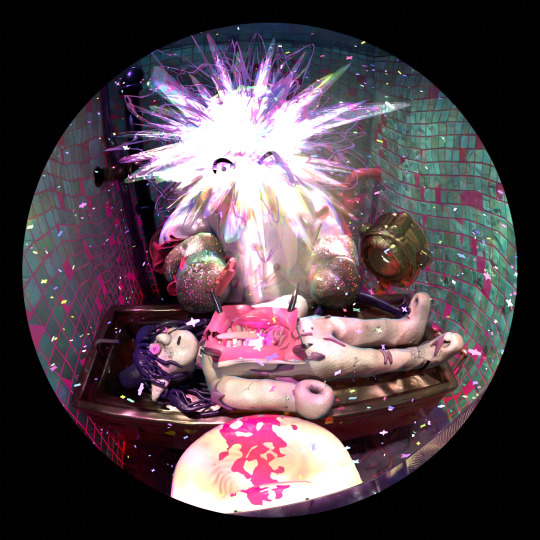



7K notes
·
View notes


